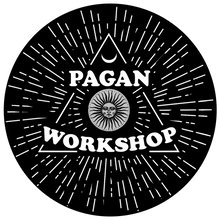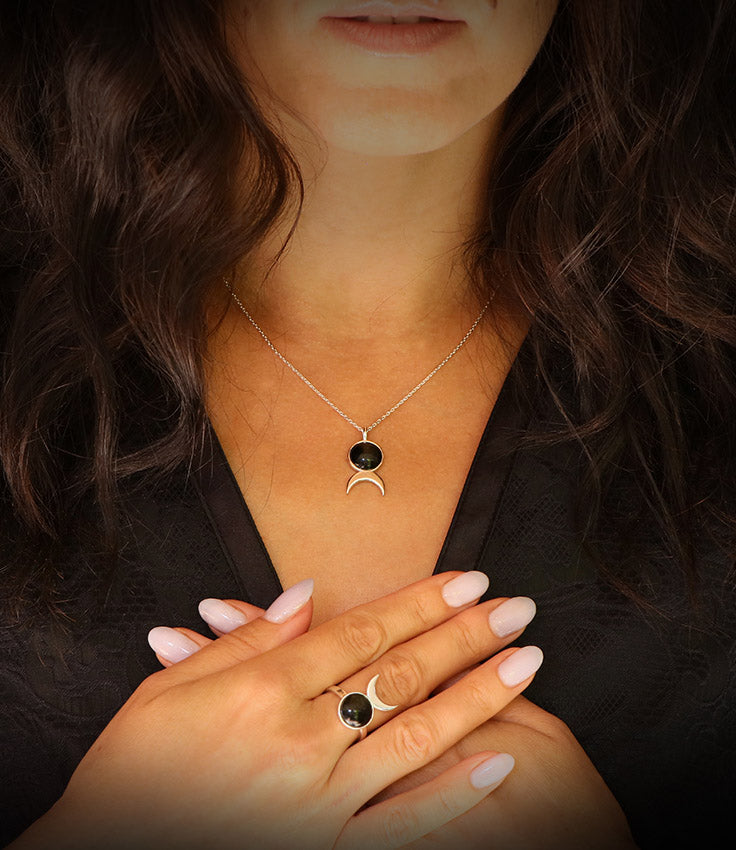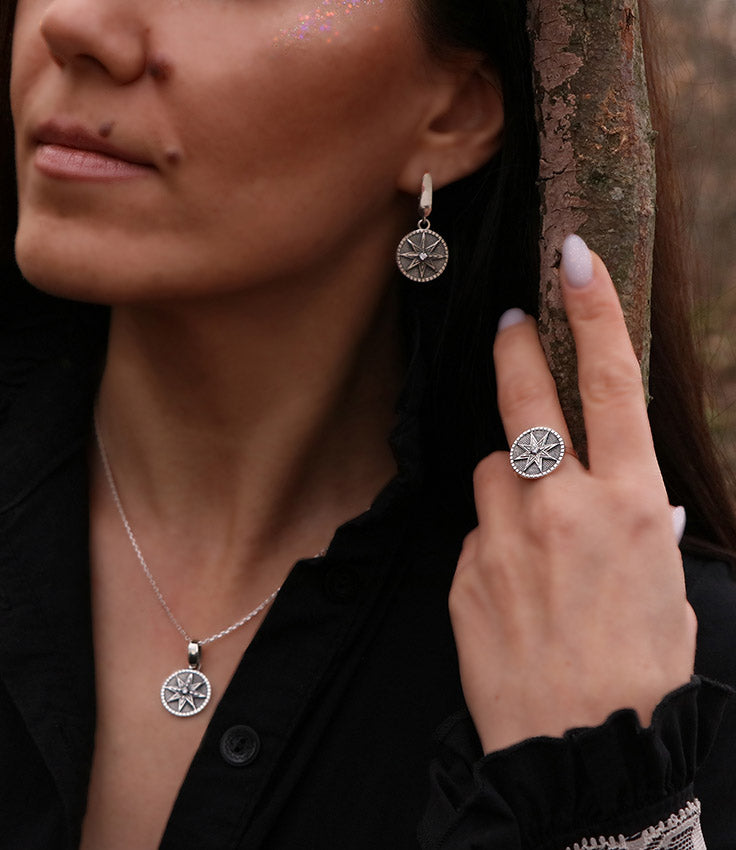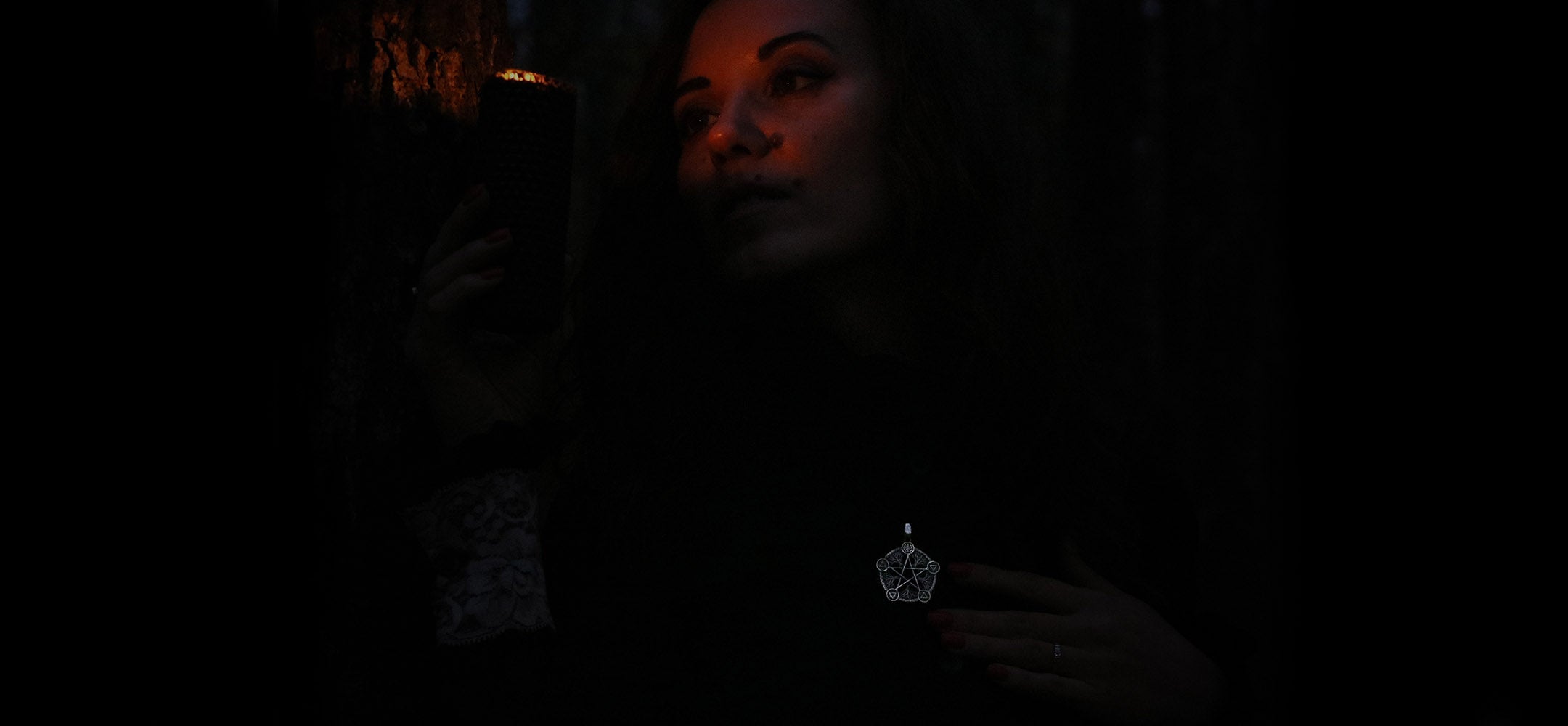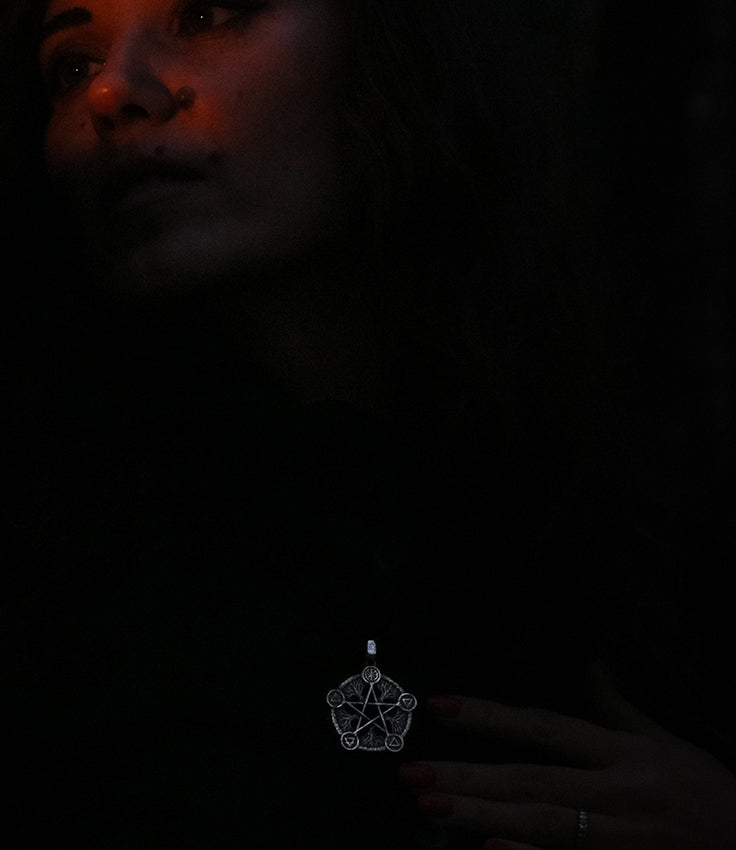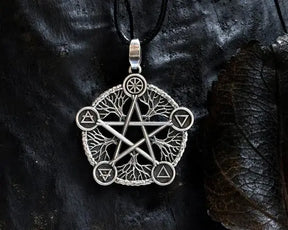Imbolc, also known as Brigid's Day, is a traditional Gaelic festival marking the halfway point between the winter solstice and the spring equinox. Celebrated on February 1st or 2nd, it signifies the gradual end of winter and the first signs of spring. Imbolc holds deep connections to fertility, light, and the nurturing of life, both in nature and in the home.
Historical and Cultural Significance:
The name "Imbolc" is believed to derive from the Old Irish word "i mbolg," meaning "in the belly," which refers to the pregnancy of ewes and the fertility of the land. This time of year is associated with new beginnings, as lambing season approaches and the earth prepares to bring forth new life. Traditionally, Imbolc was a time to honor the Goddess Brigid, a deity of fire, poetry, healing, and fertility. Brigid, later incorporated into Christianity as Saint Brigid, was celebrated for bringing warmth and light, helping to usher in the spring.
Key Themes of Imbolc:
-
Purification and Cleansing: Imbolc is often a time of spiritual and physical purification, as people would clean their homes, symbolically making room for new energy. Rituals involving water and fire were common, representing purification and renewal.
-
Light and Fire: As a festival of light, Imbolc honors the increasing daylight after the dark months of winter. Candles and hearth fires were lit to welcome the growing warmth of the sun, celebrating the return of life-giving light. This fire symbolism also connects to Brigid, who was known as a goddess of fire and inspiration.
-
Fertility and Rebirth: The celebration of fertility is central to Imbolc, with many rituals focusing on the earth's readiness to nurture new growth. Brigid was also the protector of livestock, and offerings were made to ensure healthy births of animals in the coming months.
Traditions and Practices:
- Brigid's Cross: One of the most iconic symbols of Imbolc is Brigid's Cross, woven from rushes or straw. These crosses are traditionally made on Imbolc and hung in homes to invoke Brigid's protection over the household for the coming year.
- Candlemas: In Christianized celebrations, Imbolc evolved into Candlemas, a feast day on February 2nd that includes the blessing of candles, representing the "light of the world."
- Nature Walks and Offerings: Many modern pagans observe Imbolc by walking in nature, looking for the first signs of spring such as snowdrops or early buds. Offerings of milk, bread, or herbs may also be made to honor the earth and Brigid.
Modern Observance:
Today, Imbolc continues to be celebrated by pagans, Wiccans, and others who practice earth-based spirituality. It is seen as a time to set intentions for the coming year, focus on personal growth, and reconnect with nature as the world prepares to come alive again. It remains a powerful festival for those who honor the cycles of the seasons, marking a time of hope, renewal, and light.
